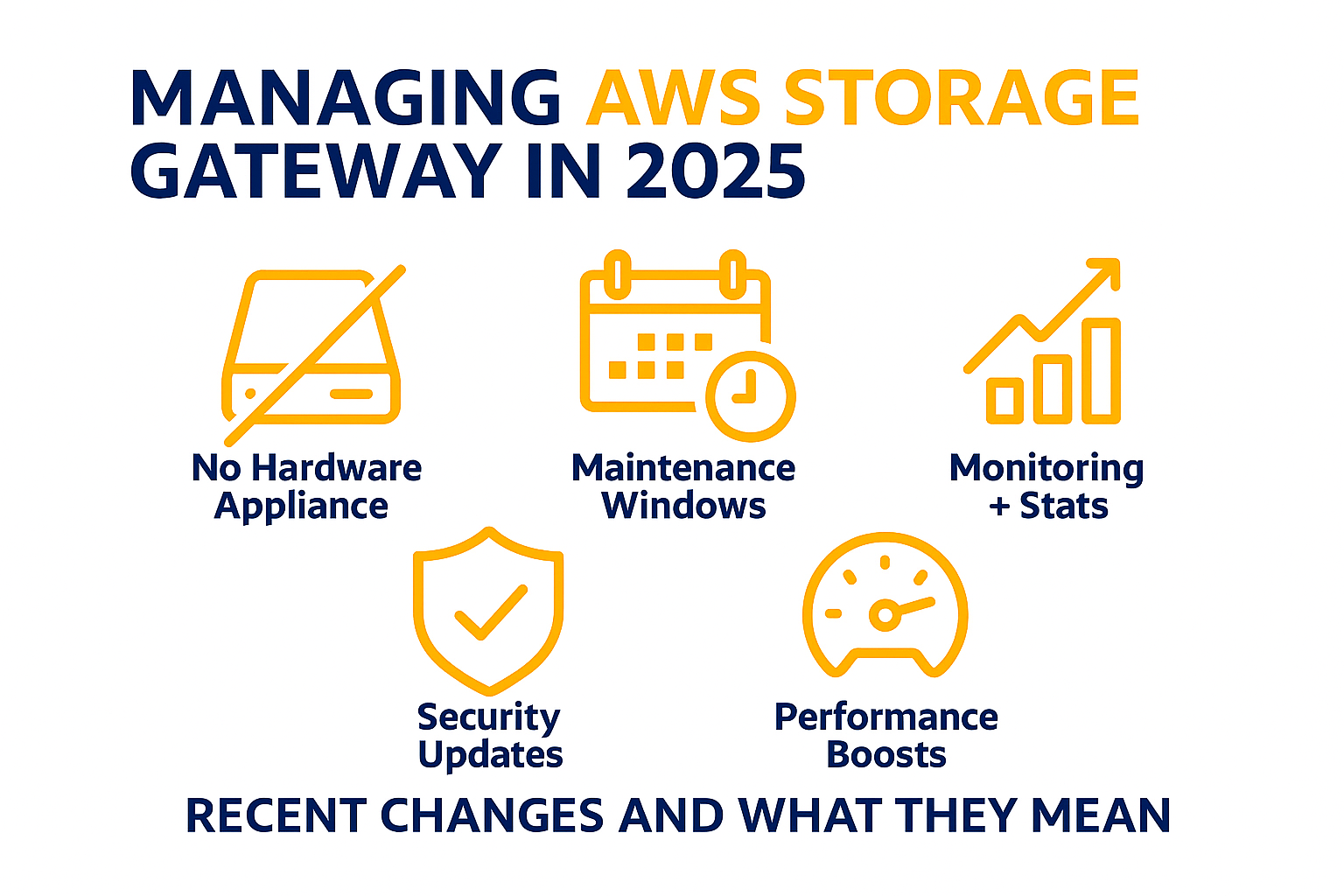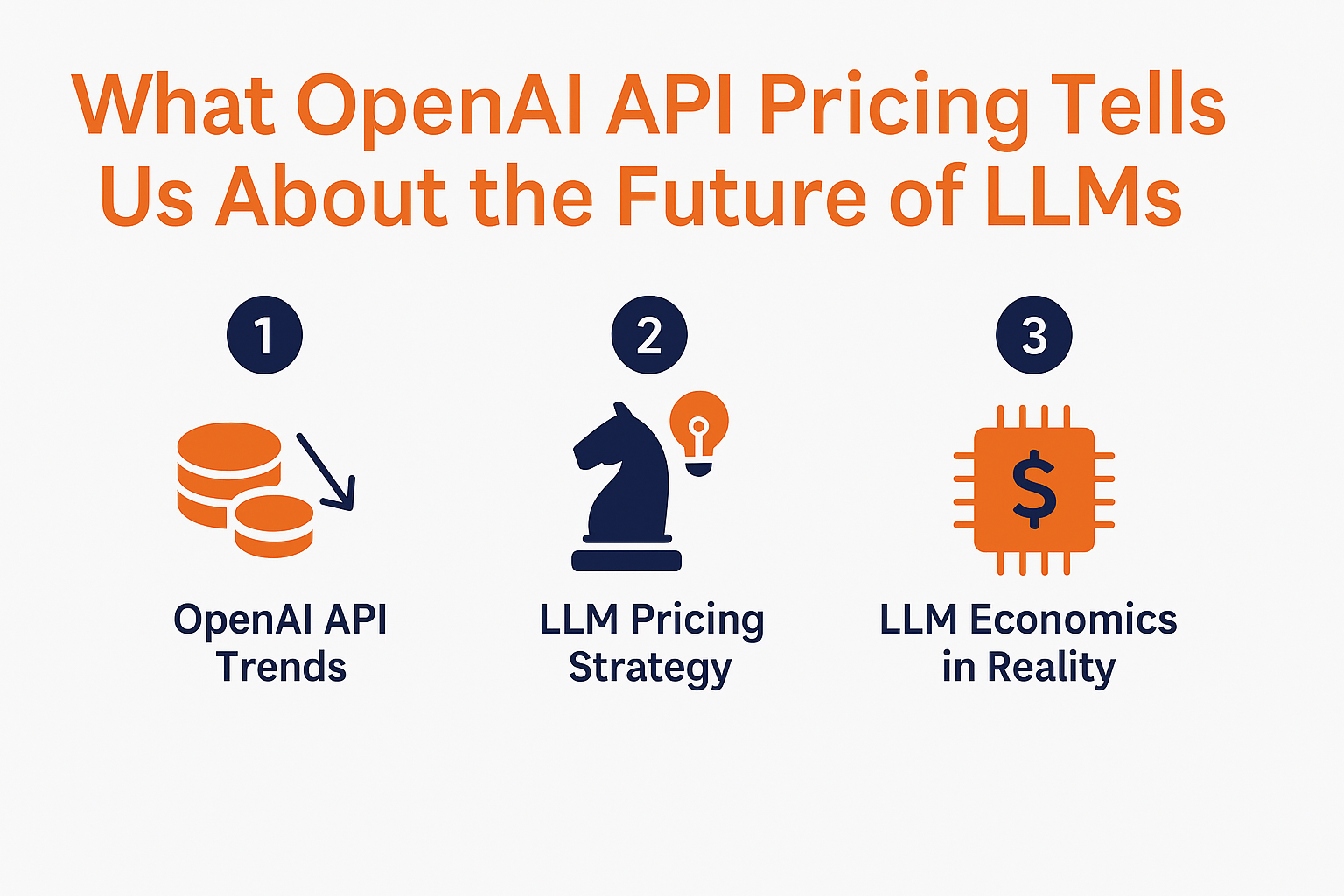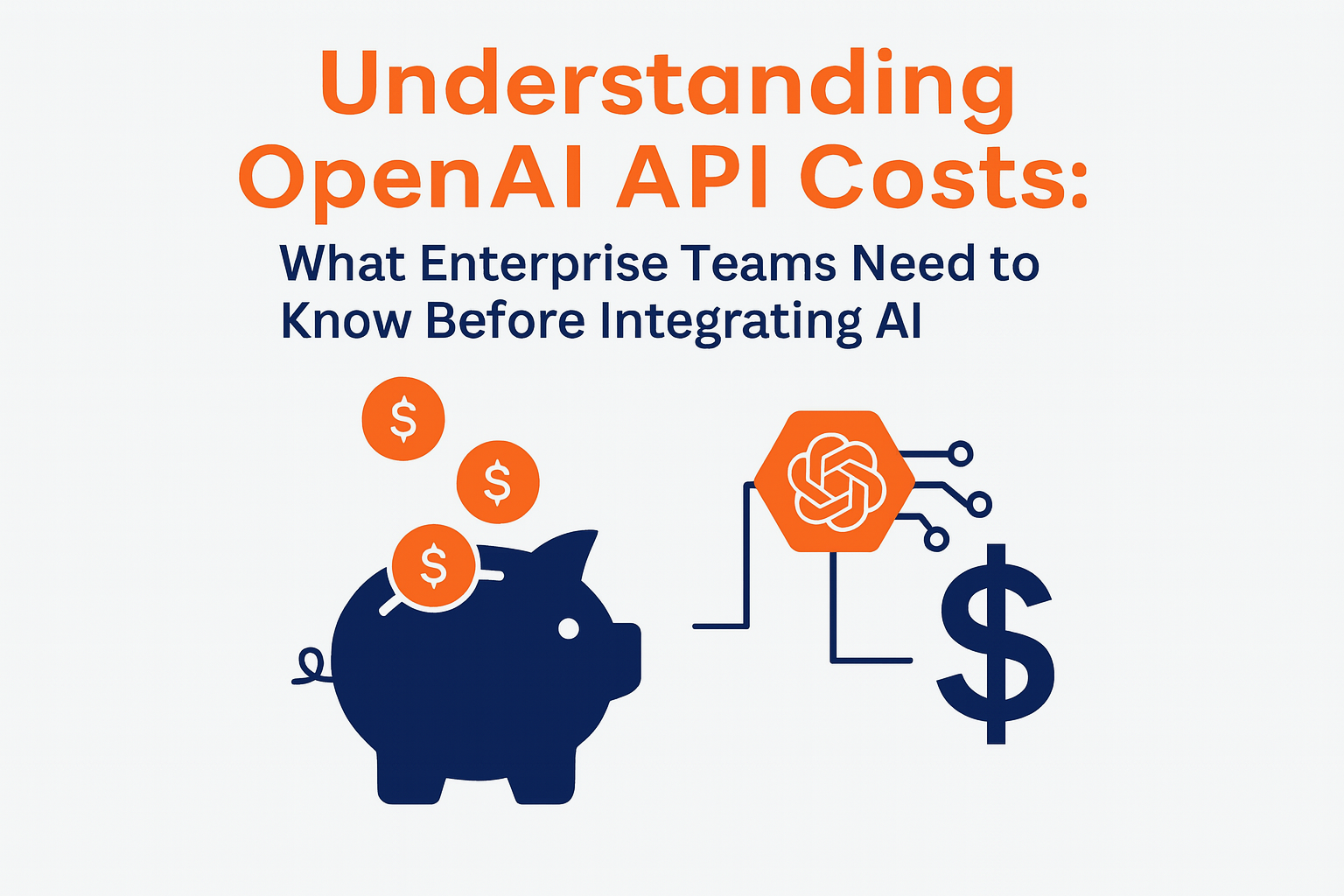August 8, 2022
Managing AWS Storage Gateway in 2025

AWS Storage Gateway continues to be a reliable way to connect on-premises applications to AWS storage services. Whether you’re using it for backup, archiving, or hybrid cloud workloads, Storage Gateway helps bridge local environments with cloud-based storage.
Since this blog was first published, AWS has released several updates that improve how Storage Gateway works and how it’s managed. Here’s what you need to know now.

Recent Changes and What They Mean
- No More Hardware Appliance for New Customers
AWS stopped offering the Storage Gateway Hardware Appliance to new customers in May 2025. If you’re already using one, support will continue through May 2028. New customers should plan for deployment on supported virtual environments like VMware ESXi, Microsoft Hyper-V, or Amazon EC2. - Control Over Maintenance Windows
You can now set maintenance windows to control when software updates happen. This means you can avoid disruptions during critical business hours by picking a specific day and time for updates to apply. - Better Monitoring and Stats
Storage Gateway now gives you more detailed system metrics. You can see things like CPU usage, disk throughput, and memory stats directly in the AWS Management Console or through CloudWatch. This helps with faster troubleshooting and smarter scaling decisions. - Security Improvements
AWS has rolled out updates to strengthen SMB protocol handling and operating system stability. These updates apply automatically unless you set a maintenance window. If you’re not using the latest version, it’s time to update. - Performance Enhancements
Updates in 2024 and 2025 have improved how gateways handle throughput, caching, and large file transfers. This is especially useful if you’re using File Gateway for media files, backups, or analytics pipelines.
Best Practices in 2025
- Use scheduled maintenance windows to keep control over downtime
- Regularly check CloudWatch metrics and alerts for gateway performance
- Keep your gateways updated to the latest version for security and feature updates
- Review your caching settings and disk allocation to ensure you’re using local resources efficiently
- Avoid using the hardware appliance for new rollouts, and start migrating toward virtual deployment if you’re still relying on physical devices
Takeaway
Storage Gateway remains a strong option for hybrid storage use cases, and recent updates have made it easier to manage and more secure. If you’re using it in production, take advantage of the newer controls and visibility features. And if you’re planning a new deployment, stick with virtualized or cloud-based options for future flexibility.

More News







